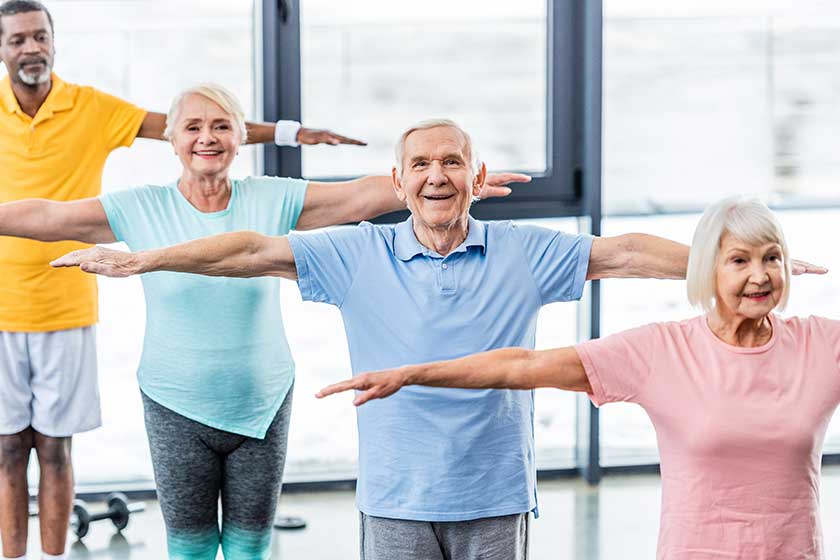As we age, staying active becomes increasingly important for maintaining our health and independence. Yet, many older adults hesitate to exercise regularly due to widespread misconceptions. Fears of injury, beliefs that exercise is ineffective at a certain age, or misconceptions about the type and amount of exercise needed can deter elders from engaging in physical activity. This article aims to dispel some of the most common myths about exercising in the elderly, such as the ideas that exercise is too risky, too late to start, or that physical limitations make it impossible. By addressing these misconceptions, we encourage a healthier, more active lifestyle that can significantly enhance the quality of life for older adults, promoting better physical health, mental well-being, and a greater sense of independence and self-efficacy.
Myth 1: Exercise Is Too Risky For Older Adults
One of the biggest myths is that physical activity poses too great a risk for older individuals. The truth is, exercise is not only safe for most elders, but it’s also beneficial. Regular physical activity can help manage chronic diseases, improve mobility and balance, and reduce the risk of falls. Of course, it’s important to consult with a healthcare provider before starting any new exercise program, especially if you have pre-existing health conditions.
Myth 2: Older Adults Should Stick To Gentle Exercises
While low-impact exercises like walking and swimming are excellent for older adults, they aren’t the only options. Strength training, for example, is crucial for maintaining muscle mass, which naturally declines with age. Incorporating a variety of physical activities, including cardiovascular exercises, strength training, and flexibility exercises, can provide the most benefits.
Myth 3: It’s Too Late To Start Exercising
Another common myth is that there’s no point in starting an exercise routine later in life. However, studies have shown that older adults can improve their health significantly, even if they’ve been inactive for years. Regular physical activity can support the lowering of chronic disease risks, improve mental health and cognitive function, and increase lifespan.
Myth 4: Exercise Needs To Be Intense To Be Effective
Some believe that exercise must be intense to yield any health benefits, but this isn’t the case for older adults. Moderate-intensity activities, such as brisk walking, gardening, or even household chores, can be incredibly beneficial. The key is consistency and finding activities that you enjoy, which can help you stay active over the long term.
Myth 5: Physical Limitations Prevent Exercise
While physical limitations can pose challenges, they don’t necessarily preclude the possibility of exercising. Many exercises can be adapted to accommodate physical limitations, and there are numerous activities designed specifically for older adults with varying levels of mobility. For example, chair exercises, water aerobics, and tai chi are all excellent options for individuals with limited mobility.
Debunking these myths about exercising in the elderly is crucial for encouraging more older adults to lead an active and healthy lifestyle. Exercise offers numerous benefits, including improved physical health, enhanced mental well-being, and increased independence. By understanding the truth behind these misconceptions, older adults can make informed decisions about incorporating physical activity into their daily routines. Remember, it’s never too late to start, and every little bit of movement counts towards a healthier life.







